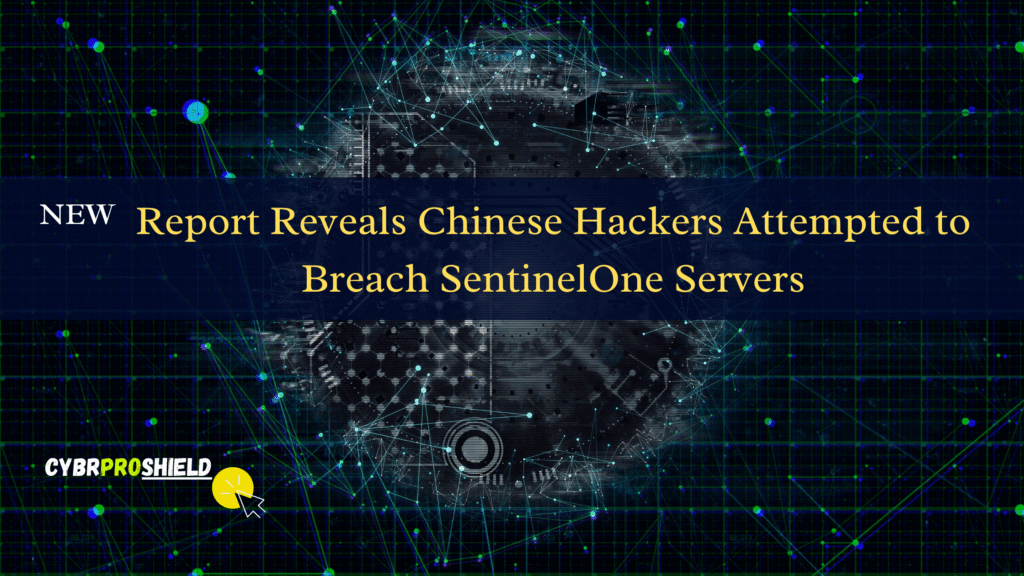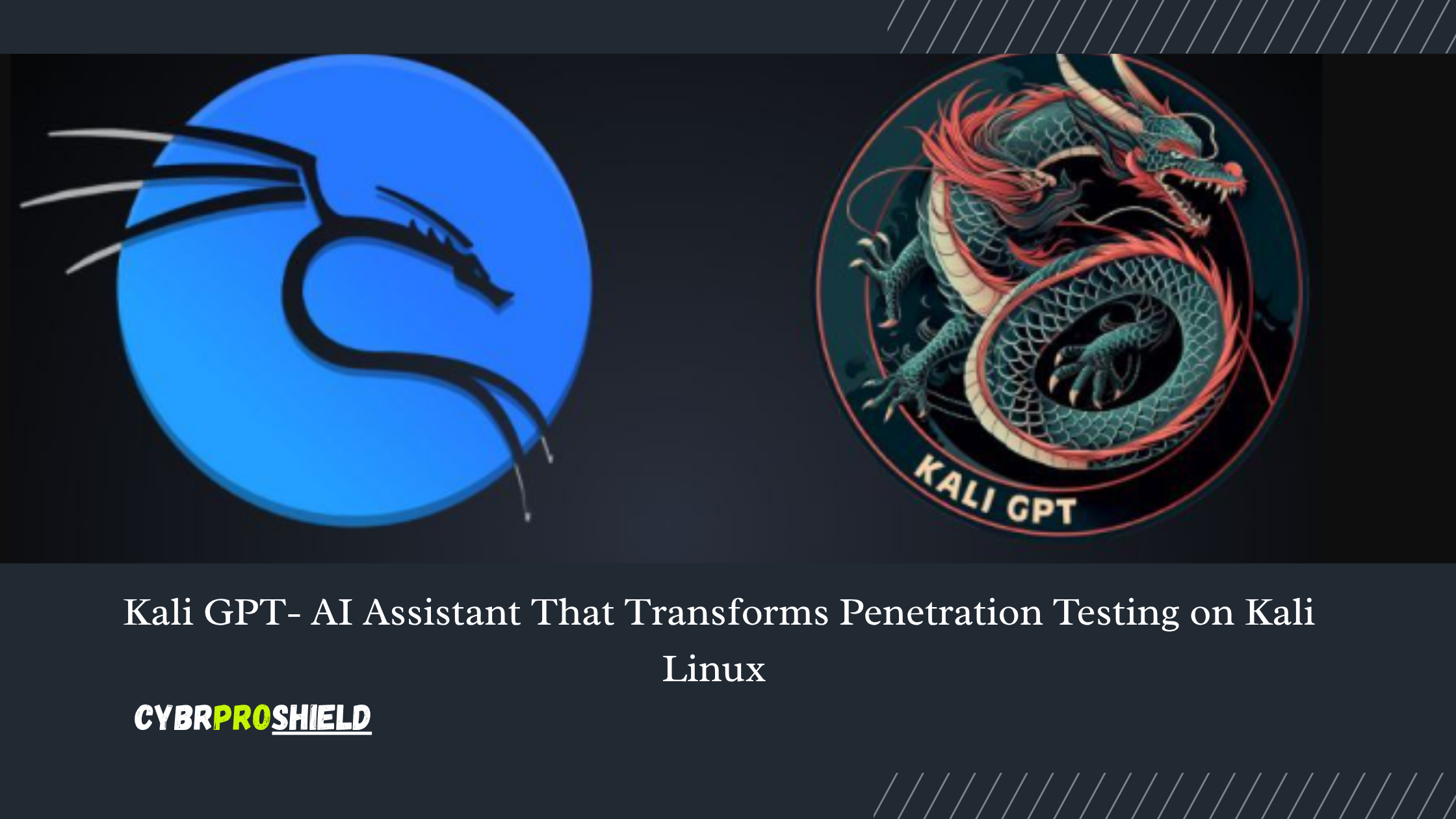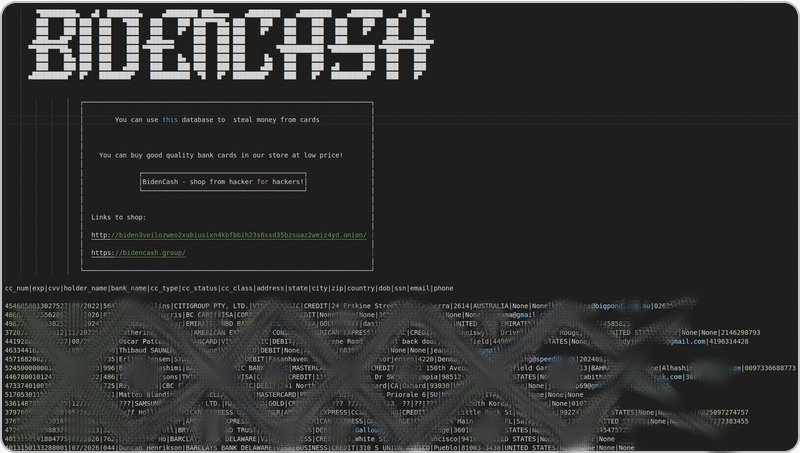In a shocking revelation that once again highlights the ongoing cyberwar between global tech powers, a new cybersecurity report has disclosed a sophisticated breach attempt by Chinese threat actors targeting SentinelOne, a leading American cybersecurity firm. This report, now making waves in the cybersecurity community, has stirred concerns about the evolving capabilities of state-sponsored hacking groups and the critical need for defense mechanisms in digital infrastructure.
Who Is SentinelOne and Why Are They a Target?
SentinelOne is one of the top-tier cybersecurity companies known for its autonomous endpoint protection platform powered by artificial intelligence. With clients ranging from private enterprises to government agencies, the company holds highly sensitive threat intelligence data — making it a high-value target for cyber-espionage groups.
Being at the front lines of cyber defense, SentinelOne naturally becomes a strategic adversary for state-backed hacking groups, especially those that operate under long-term intelligence missions.
What the Report Reveals
Unusual Network Behavior Detected
According to the official findings, SentinelOne’s internal monitoring systems detected anomalous behavior that hinted at an advanced persistent threat (APT). These anomalies included irregular API requests, unauthorized login attempts, and the injection of malicious payloads that sought to bypass traditional security layers.
Attribution to Chinese Threat Actors
Threat intelligence analysts from multiple sources have linked the attempted intrusion to a Chinese state-sponsored hacking group, believed to be operating under the alias “APT41” — a group previously associated with high-profile breaches of healthcare, telecom, and software companies.
APT41 is known for its dual operations — running cyber-espionage campaigns while moonlighting in financially motivated attacks. Their toolkits often include zero-day exploits, rootkits, and complex malware strains that are hard to detect.
Timeline of the Breach Attempt
- May 2025: SentinelOne detects suspicious traffic targeting internal admin panels.
- May 2025 (Week 2): Cybersecurity teams notice attempts to exploit vulnerabilities in third-party modules.
- May 2025 (Week 3): Deep packet inspection reveals encoded commands originating from obfuscated IP addresses linked to Chinese infrastructure.
- May 2025 (Week 4): A detailed analysis leads to the attribution and containment of the threat before any data exfiltration occurred.
Techniques Used by the Hackers
The attackers employed a multi-stage attack plan involving:
- Spear Phishing: Highly targeted phishing emails sent to SentinelOne engineers, disguised as routine internal notices.
- Credential Stuffing: Attempting to breach accounts using leaked credentials from unrelated breaches.
- DLL Injection: Exploiting memory to run malicious code within trusted processes.
- Command and Control (C2) Infrastructure: Use of encrypted channels to communicate with infected systems stealthily.
These tactics reflect a high level of technical sophistication and planning.
Why This Matters to the Cybersecurity Industry
SentinelOne’s ability to detect and neutralize the threat highlights the importance of real-time monitoring, AI-driven threat detection, and advanced endpoint protection. But it also raises serious questions:
- What if they weren’t fast enough?
- What if the threat actors managed to exfiltrate client data?
- How vulnerable are other cybersecurity companies to similar attacks?
This attempted breach is a wake-up call for every business that relies on digital infrastructure.
China’s History of State-Sponsored Cyberattacks
China has long been accused of engaging in state-sponsored cyber espionage, targeting countries like the United States, Australia, and India. Notable past incidents include:
- Equifax Breach (2017): In which over 140 million Americans had their personal data stolen.
- Microsoft Exchange Hack (2021): Attributed to Hafnium, a Chinese-backed group.
- COVID-19 Research Attacks: Hacking attempts against pharma companies developing vaccines.
These incidents point toward a clear strategy of digital dominance, where cyberattacks are leveraged for political, economic, and technological advantage.
SentinelOne’s Response to the Breach Attempt
The company issued a formal statement:
“Our autonomous security technology and dedicated team of analysts quickly identified and neutralized the threat. No data was compromised, and we continue to monitor all vectors for additional activity.”
SentinelOne has since:
- Strengthened its zero-trust architecture
- Rolled out enhanced logging and alerting features
- Conducted a full security audit of its internal systems
- Shared threat indicators with the broader cybersecurity community
Impact on Public Trust and Global Cybersecurity
Even though the breach was unsuccessful, the mere attempt raises concerns about the integrity of cybersecurity firms themselves. If companies like SentinelOne are being targeted, it’s not far-fetched to imagine coordinated attacks on:
- Antivirus and security software providers
- Cloud infrastructure firms
- Critical infrastructure systems (e.g., power grids, water supply, transportation)
Public trust in digital security depends heavily on the invisible battle cybersecurity companies fight daily, often behind the scenes.
What Businesses and Individuals Should Learn
This incident is a powerful reminder that no system is truly immune, but the goal is rapid detection, response, and mitigation. Every organization, whether big or small, should:
- Implement multi-layered security strategies
- Conduct regular threat modeling and penetration testing
- Educate employees on phishing and social engineering
- Keep software and dependencies updated
- Monitor endpoints using tools like EDR and SIEM
The Role of Governments in Cyber Defense
With the rise in nation-state attacks, there’s a growing need for government intervention and international collaboration. Regulatory bodies need to:
- Impose stricter cybersecurity standards
- Share intelligence between agencies and private firms
- Develop cyber diplomacy strategies to counter international threats
- Penalize state actors engaged in cyber warfare
What’s Next?
SentinelOne is reportedly working with federal agencies to continue the investigation. There’s also a move to publish a technical whitepaper detailing the attack vectors and TTPs (Tactics, Techniques, and Procedures) used by the hackers — a potential goldmine for other organizations seeking to harden their defenses.
Final Thoughts
The attempted breach of SentinelOne by suspected Chinese hackers isn’t just another headline — it’s a clear signal that cyber warfare is escalating. Cybersecurity companies are now on the frontlines, not just protecting clients but defending the digital integrity of entire nations.
If this story tells us anything, it’s this: Cyber defense is no longer optional — it’s critical.










